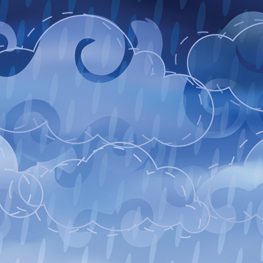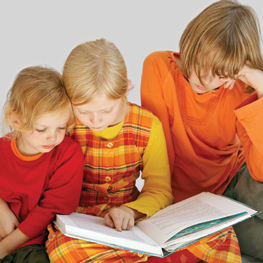



When I was a teenager, I spent a day over the holidays volunteering in a soup kitchen with my mother. It was both an eye-opening and a wonderful experience. I really felt like I was doing something good for the world. But after the experience was over, I soon forgot about the entire thing and went back to my self-absorbed teenage self. It wasn’t until I was an adult that I discovered again the joy that comes with selfless giving.

When I was picking up my daughter from a Brownie meeting one afternoon, the leader took me aside. Obviously concerned, she informed me that my daughter was not participating in the troop’s rowdy post-meeting play periods. Instead, she stood on the sidelines and watched. I shrugged. “Yes, she’s a watcher,” I said. “It’s no big deal.” My comment was met with a frown. I murmured an excuse and went to find my offspring, anxious to make my exit before I blurted out the “i” word: Introvert.

All children have tough days. They get into fights with siblings, have problems at school and need some extra hugs for bad dreams or fears. That’s normal. But a small percentage of children are dealing with a much bigger health concern: childhood depression.

When it comes to children’s behavior, a parent’s first question is usually, “What should I do?” We tend to want to fix it or get it under control. But it’s important to understand that the behaviors we see in our children are merely the tip of the iceberg; the bulk of behavior issues stem from below the surface. What we see on the surface is a natural extension of the development that’s occurring underneath. Rather than fight against it, parents will find more success in working with a child’s development to teach behavior.
Calgary’s Child Magazine © 2024 Calgary’s Child